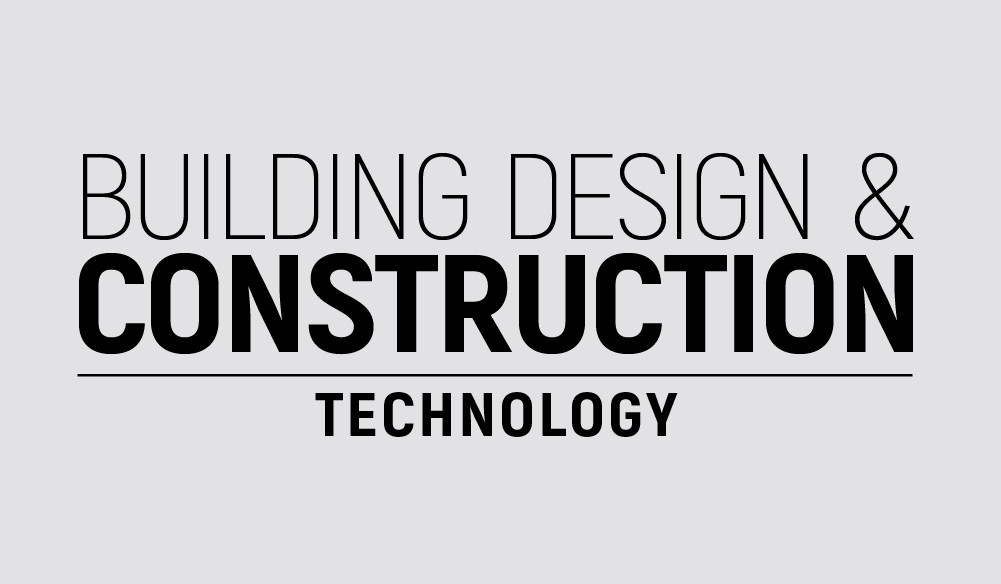Integrating design and planning can increase profitability Contractors are in a tough business, and business leaders are no doubt fatigued by the headlines positioning the sector as operating in a world dominated by Murphy’s Law (if it can go wrong, it will go wrong). This is unfair, as while projects do frequently overrun, construction is so incredibly complex, perhaps the real question is why it does not happen more often, says Jonathan Hunter, CEO of specialist international software provider, Elecosoft. As we all know, a project involves so many moving parts, whatever the build size: potentially millions of components, the weather, the phased approach, the materials’ shortages, skills gap, and having the right people on the site at the right time…I could go on, but you get the picture. Then there is the communication challenges; telling people what’s changing and what this means, making sure that it is all recorded; and the fact that, for example, the glazing delays will have a knock-on effect with the HVAC installation. So, if we know all this, why do construction projects still, on average, run over 70% of their original project duration? It is not that contractors are unrealistically optimistic, thinking that this project will be different, like Del Boy’s idealistic mantra, “this time next year, we’ll be millionaires”. Far from it. It is the combination of the factors outlined above with the UK’s tendering and planning system. Positively, the industry is taking steps to solve these longstanding issues. Working alongside the UK’s largest contractors, I have seen four emerging trends enabling them to reduce project and cost overrun. Here are just a few of my favourites: Modelling The first is around project planning, scheduling and risk mitigation. Currently, the most innovative contractors are focusing on planning, taking past project data, and identifying common pinch points from adverse weather, staff shortages or materials delays. Then they produce revised schedules which allow them to present the likely impact and outcomes of various possible build challenges, with consideration given to contingency. It is a simple, but effective, operational tweak. Always planning Too often, planning and scheduling is focused on the pre-construction phase, and an all-too-common, blinkered approach views scheduling as happening before construction. Even McKinsey is guilty of this in its recent construction report. Instead, it is about ensuring that planning and modelling run across the project, reacting to challenges as the worst happens. Similar to design, scheduling is an iterative process, and needs to be seen as such. It does not just stop when the shovels go in the ground. Those contractors who are unlocking scheduling are taking planning to another dimension, adding time to the model to improve scheduling by using Active 4D BIM. This integration of design and planning is different to common working practices. Yet, despite going against the grain, it is reducing risk and project over-run while increasing profitability 4D BIM is not new within construction. Here the schedule is added to the architectural model, empowering clients and project teams to see whether a build is on the schedule. Its potential to achieve greater precision on construction timelines and minimise financial risk is well known to business leaders and planning teams. Yet, despite high levels of awareness, 4D’s implementation is often flawed. A persistent over-reliance on outdated “2D” processes and a lack of understanding of 3D models as effective planning tools is to blame, hindering the wholesale adoption of 4D BIM. This situation needs to change if persistent efficiency headaches are to be cured. However, there are a number of contractors – including Mace and Cimic in Australia – that successfully use 4D models to plan and forecast, updating as they evolve, rather than “passively” using the designs as a visualisation tool. This integration of design and planning is different to common working practices. Yet, despite going against the grain, it is reducing risk and project over-run while increasing profitability. Involvement I have also observed the significant effect of moving client communications beyond passive emails and PDF exports to a more inclusive activity, with more regular catch-ups accompanied with visual demos, outlining what is happening on the project, and what the impact of decisions is in real terms. It is joining up the dots for more clarity, reducing misunderstandings which can lead to error. For example, the contractor will explain the trade-offs and benefits to the client – that, by choosing this construction approach, you will have 230 fewer deliveries on site, and completion will be 18 weeks sooner. This more active approach can be further enhanced, using visual aids such as a dynamic schedule, or even AR headsets to ensure that clients are much more involved in decision-making, design choices and with the project teams. If people are involved in decision-making and feel that they have contributed to it, they will take a more positive view, think it is higher quality and be more invested in the project This taps into something known as the endowment effect. If people are involved in decision-making and feel that they have contributed to it, they will take a more positive view, think it is higher quality and be more invested in the project. Innovation Finally, there is further innovation, from leveraging data, and AI tools through to MMC approaches. Recently, Willmott Dixon presented a comparison to Warwick University for its Interdisciplinary Biomedical Research Building, demonstrating how choosing offsite construction over a traditional build would result in half the disruption to staff and students. The project team were also able to model the benefits of this approach to the project’s climate footprint, which ended up reducing site deliveries by 40%. I have only scratched the surface, but what is clear is that taking a more serious and considered approach to planning and scheduling can pay dividends for contractors, particularly when margins are tighter than ever. As the hackneyed adage goes, “fail to plan, plan to fail”. Banal? Yes, but it has never been truer for construction than it is now. Building, Design














